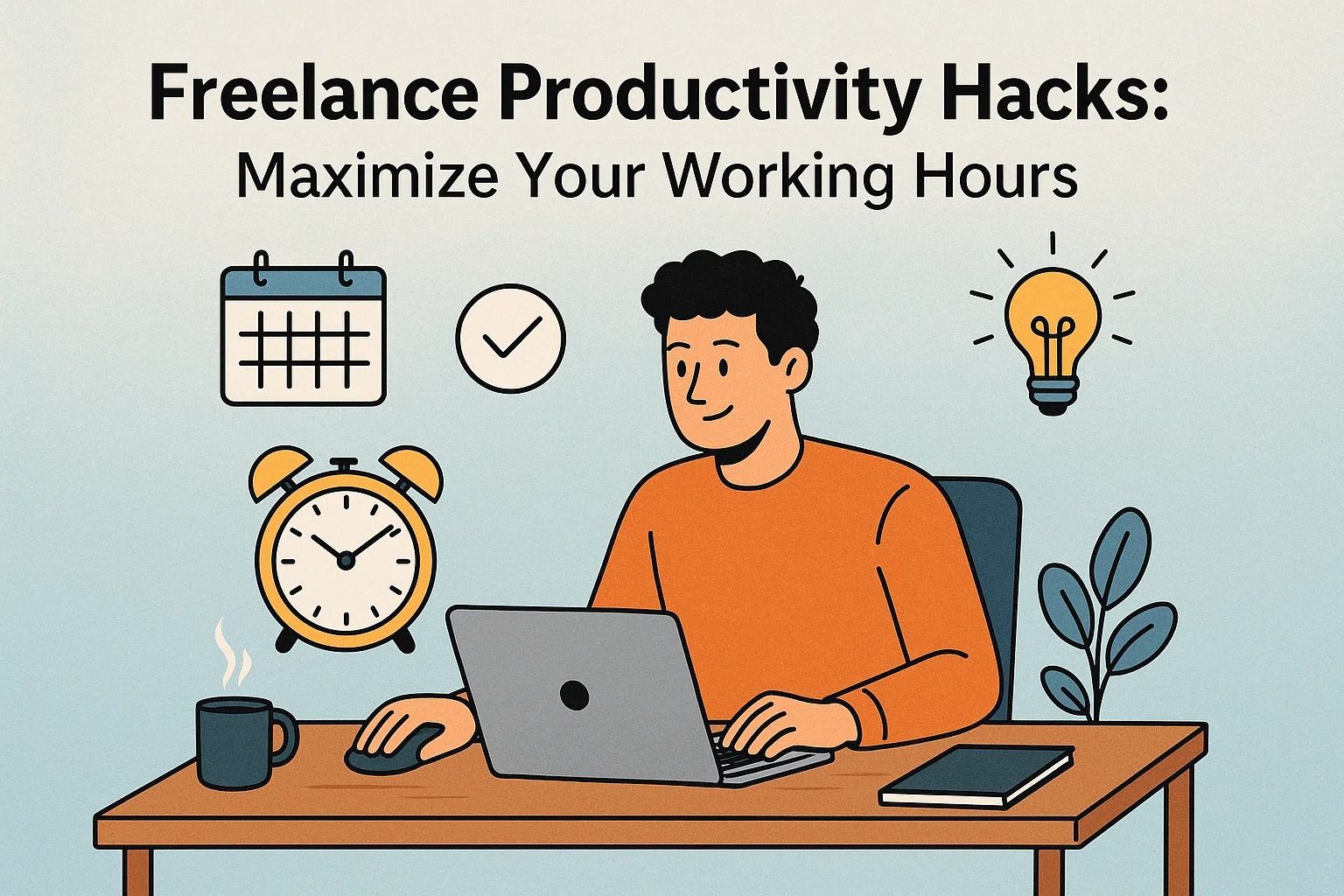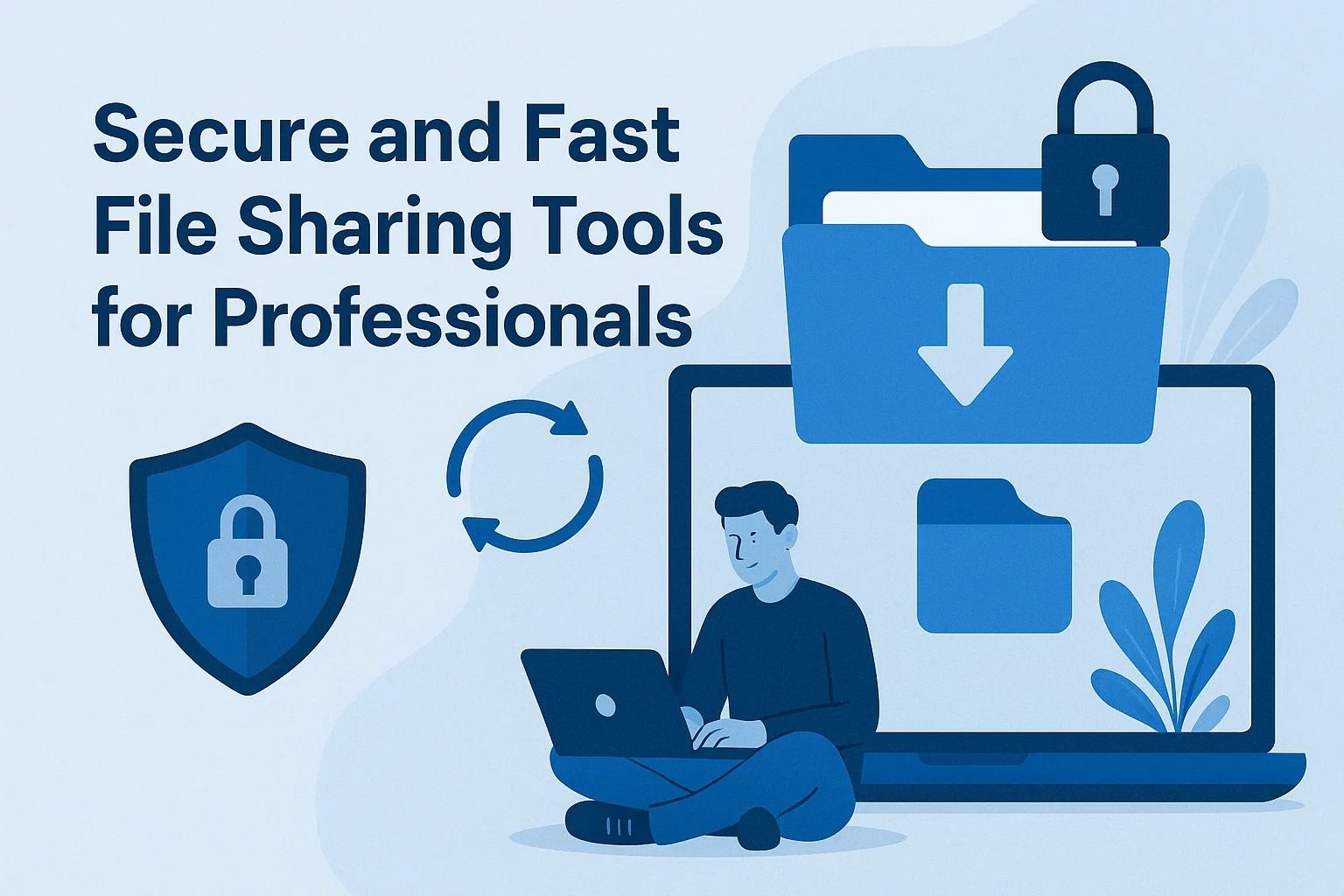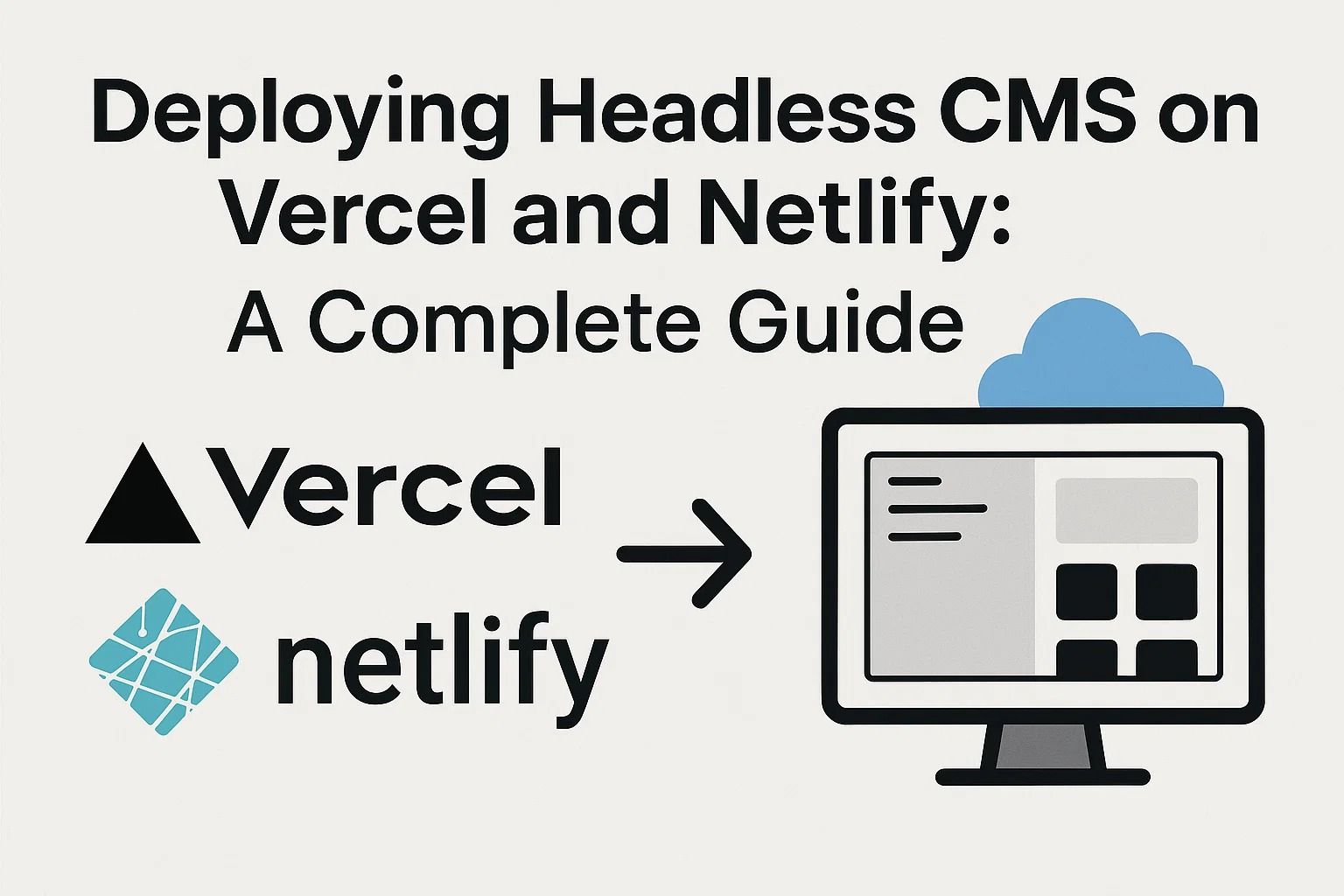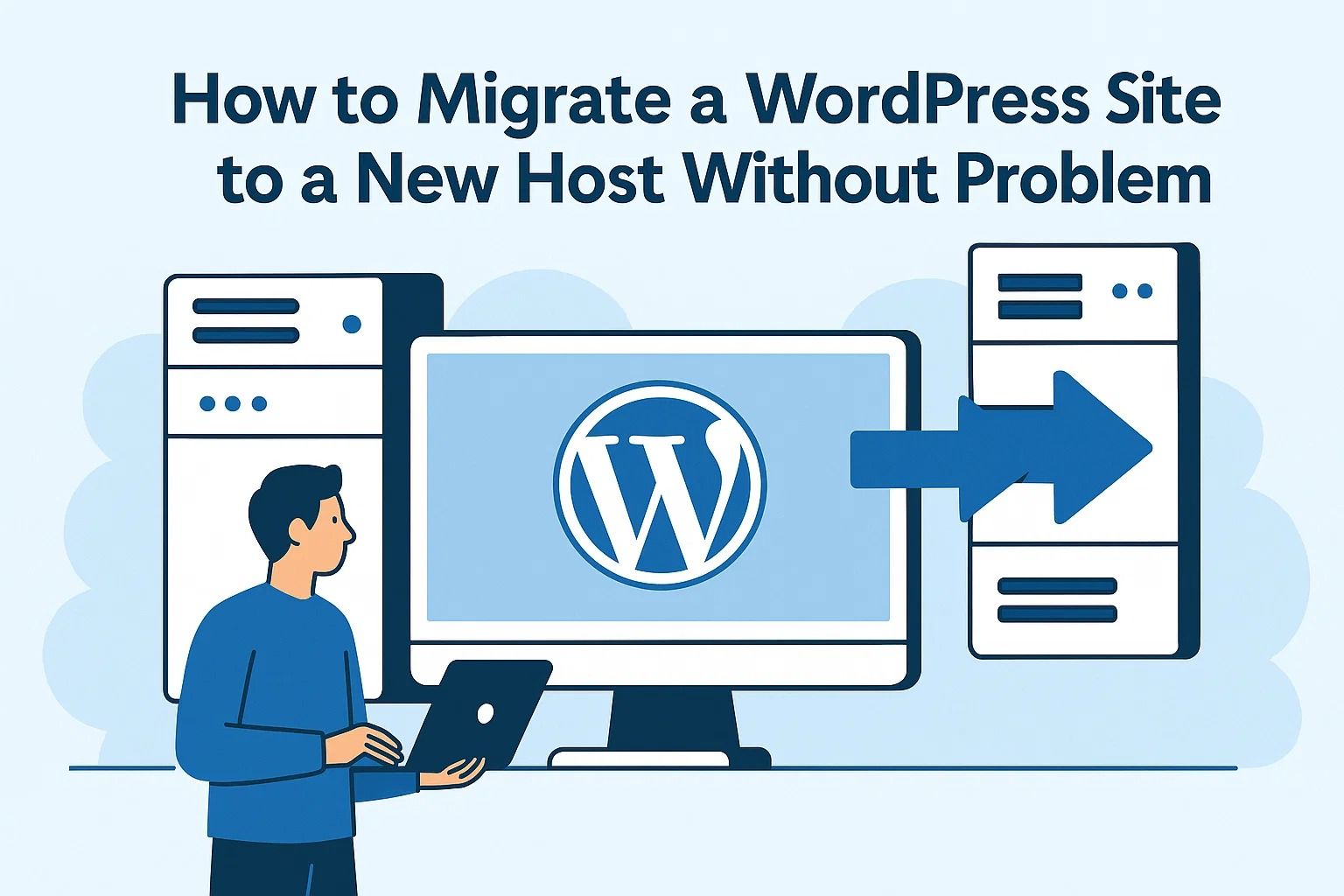
How to Transition from Full-Time Job to Freelance Career
How to Transition from a Full-Time Job to a Freelance Career
Leaving the stability of a full-time job to build a freelance career is one of the most rewarding yet demanding professional transitions. It requires not only skill and confidence, but also a structured approach to financial, mental, and operational readiness. The shift is not merely about changing how you work—it’s about redefining your identity as an independent professional.
In 2025, freelancing has matured beyond its gig-economy origins. Remote-first companies, decentralized collaboration platforms, and global digital markets have made independent work both viable and competitive. Yet, despite the opportunity, many professionals struggle to make the leap effectively. The challenge isn’t finding clients—it’s managing the uncertainty that comes with autonomy.
Understanding the Motivation Behind the Transition
Before diving into logistics, it’s essential to define the “why.” The decision to move from full-time employment to freelancing is usually driven by one or more of the following motivations:
- Flexibility and autonomy: The ability to control your time, choose projects, and set your environment.
- Financial scalability: Earning potential often grows with experience, specialization, and reputation.
- Creative control: Freelancers often work on projects that align with their passion or long-term goals.
- Geographic independence: Many freelancers leverage remote work to travel or relocate.
However, these benefits come with challenges—irregular income, lack of employer-provided benefits, and the psychological burden of self-management. Successful freelancers accept that uncertainty is part of the trade and design systems to mitigate it.
Preparing Financially Before You Quit
Financial preparation is the cornerstone of a successful transition. Without a buffer, even skilled professionals can panic when the first client delay or slow month hits. The rule of thumb is to build a runway—typically 3 to 6 months of living expenses—before resigning. This fund ensures stability as you build your client base and reputation.
Consider these preparatory steps before leaving your full-time role:
- Track current expenses: Determine your monthly baseline costs and identify non-essential expenses to cut temporarily.
- Save aggressively: Allocate part of your salary toward an emergency fund that covers rent, utilities, and food.
- Eliminate high-interest debt: Freelancers often face income volatility, so reducing recurring liabilities minimizes stress.
- Test freelance income streams: Start with side gigs while employed. It helps you assess market demand and validate your pricing.
Skill and Brand Preparation
Freelancing rewards specialization. The more clearly you define your niche, the easier it is for clients to trust you. Generalists often struggle in saturated markets where differentiation is key. Before leaving your job, analyze which of your professional skills convert best into freelance services. For example, a corporate marketer can specialize in B2B content strategy, while a software engineer might focus on backend API development for startups.
Once you identify your niche, build a digital portfolio. Use platforms like Behance, Dribbble, or GitHub depending on your field. A well-presented portfolio is your currency in the freelance world—it replaces your resume and often determines whether you get hired.
Building Your Personal Brand
In a competitive freelance economy, clients hire not just for skill, but for trust and reputation. A strong brand communicates reliability, quality, and consistency. Steps to strengthen your brand include:
- Define your professional narrative: Write a short personal statement explaining who you are, what you do, and what value you bring.
- Establish an online presence: A personal website or portfolio should include your best work, testimonials, and contact information.
- Leverage professional networks: Engage on LinkedIn, industry forums, or niche communities to attract inbound opportunities.
- Publish content: Share insights, tutorials, or case studies to build thought leadership in your niche.
Mindset Shift: From Employee to Entrepreneur
The transition to freelancing is psychological as much as financial. Employees work within a system; freelancers build one. Autonomy requires discipline, self-promotion, and resilience. Many first-time freelancers underestimate the cognitive load of self-management—taxes, invoicing, negotiations, contracts, and marketing all fall on your shoulders.
To prepare mentally:
- Adopt an entrepreneurial mindset: Treat freelancing as running a business, not just performing tasks for clients.
- Structure your day: Design time blocks for marketing, client work, and skill development.
- Learn basic business literacy: Understand invoicing, budgeting, and tax requirements before launching full-time.
- Set boundaries: Establish clear working hours and separate personal from professional communication.
By building financial security, defining your brand, and adopting an independent mindset, you lay the groundwork for a sustainable freelance career. In the next section, we’ll explore how to find your first clients, price your services, and manage the logistics of full-time independence without burnout or financial chaos.
Building a Solid Foundation for Your Freelance Career
Before you can confidently leave your full-time job, you need a strong foundation. A successful transition to freelancing doesn’t happen overnight — it’s a process of preparation, skill alignment, and building financial and professional stability. This part covers the crucial steps to lay the groundwork for your independent career.
1. Develop a Financial Safety Net
Leaving a stable paycheck behind is one of the hardest parts of going freelance. The first step is to build a financial cushion. Ideally, you should have at least three to six months’ worth of living expenses saved before quitting your job. This buffer will give you breathing room during the early months when clients and income may fluctuate.
Calculate your baseline monthly costs — rent, utilities, food, insurance, taxes, and other essential expenses. Then set a savings target that covers at least half a year of these costs. Continue adding to this fund while still employed. The more prepared you are financially, the less pressure you’ll feel when you start freelancing full time.
Tip: Keep your freelance income separate from personal expenses. Open a dedicated business account to track earnings, taxes, and operational costs.
2. Build a Personal Brand and Portfolio
Your portfolio is your resume in the freelance world. Before you leave your job, start collecting examples of your work that showcase your best skills. If your current employer owns the rights to your projects, create similar samples or side projects that demonstrate your capabilities without breaching contracts.
In parallel, build a consistent personal brand — including your LinkedIn profile, a personal website, and accounts on relevant freelance platforms. Use a professional photo, write a clear summary of your services, and display testimonials or case studies if possible. These details help potential clients quickly assess your expertise and reliability.
- Secure a personalized domain and create a simple website showcasing your services.
- Highlight measurable results in your past work — not just tasks.
- Maintain consistency in your bio, tone, and visual presentation across platforms.
3. Test Freelancing While Still Employed
Start freelancing part-time before you quit your job. Platforms like Upwork, Fiverr, and Toptal allow you to test the waters. This dual approach helps you identify which services have demand, understand pricing, and refine your workflow — all while keeping your full-time paycheck.
This period also helps you build client relationships early. If you can secure two or three repeat clients before leaving your job, your transition will be much smoother. It also gives you confidence in your skills and your market value.
4. Define Your Niche and Services
One of the most common mistakes new freelancers make is trying to serve everyone. Instead, define a specific niche based on your strongest skills and market needs. For example, instead of offering “graphic design,” specialize in “brand identity design for startups” or “UI design for mobile apps.”
Having a defined niche helps you attract the right clients and stand out in a crowded market. It also allows you to charge higher rates because specialization increases perceived value.
Example Niche Specializations
- Copywriting for SaaS and tech companies
- Social media marketing for e-commerce brands
- Web development for local businesses
- SEO consulting for personal brands
5. Establish Business Processes Early
Freelancing is more than doing the work — it’s running a business. Set up systems for contracts, invoicing, and communication early. Use tools like:
- Contracts: Use templates from platforms like Bonsai or HelloSign to protect your work.
- Invoices: Automate with tools like PayPal, Wise, or FreshBooks.
- Project Management: Tools like Trello, Asana, or Notion help organize deadlines and deliverables.
These systems save time and prevent problems when you start managing multiple clients. By the time you quit your full-time job, your operations should already run smoothly.
6. Learn to Manage Taxes and Legal Requirements
When you become self-employed, taxes and compliance become your responsibility. Research how freelancing is taxed in your country and consider setting aside a percentage of your income (typically 20–30%) for taxes. In some regions, registering as a sole proprietor or forming a limited company can provide tax advantages and legal protection.
Note: Consulting with an accountant familiar with freelance work can save you costly mistakes during your first year.
7. Transition Your Mindset
Going from employee to freelancer requires a mindset shift. You’re now responsible for finding clients, setting boundaries, and managing your time effectively. Discipline replaces external management. Flexibility replaces predictability. Your income will vary, but your potential to grow will also increase.
To succeed, start viewing yourself as a business owner, not just a service provider. Every project, negotiation, and email contributes to your brand’s long-term success.
With your finances in order, your portfolio built, and early clients secured, you’re ready to prepare for the actual transition. The next part will focus on how to leave your job strategically, handle notice periods, and launch your freelance career with confidence.
Making the Leap: Transitioning Fully into Freelancing
Once your foundation is ready—savings secured, clients onboard, and systems in place—it’s time to take the final step. This stage focuses on how to leave your full-time job strategically, start your freelance business officially, and manage the crucial first few months after the transition.
1. Plan Your Exit Professionally
Leaving your employer on good terms is essential. Even if you are excited to start freelancing, maintain professionalism and respect. Provide sufficient notice—typically two to four weeks—and help with the transition if needed. Your employer can later become a valuable reference or even a future client.
Tip: Avoid burning bridges. The professional network you built at your job can be a critical source of referrals and collaborations later.
Prepare a clear handover plan for your replacement and document your responsibilities. Leaving in an organized, professional manner ensures you maintain a positive reputation as you enter the freelance market.
2. Announce Your Transition Strategically
Once you’ve officially left, announce your transition to freelancing across your professional channels. Update your LinkedIn, personal website, and portfolio to reflect your new role. Post about your services, current projects, and availability.
Your announcement should be framed confidently and clearly, without sounding desperate for work. Example:
“After several great years in [industry/company], I’m now offering freelance [service] to help businesses achieve [specific result]. Feel free to reach out for collaboration or consultation.”
This approach signals competence and purpose. Use your initial announcement as a launchpad to attract your first few full-time clients.
3. Manage Your First 90 Days as a Freelancer
The first three months will define your new rhythm. Treat this period as a test phase to establish consistency and improve your systems. Key focus areas include:
- Client management: Prioritize communication and reliability. Satisfied clients bring repeat business and referrals.
- Financial discipline: Track every expense and income. Use simple accounting tools or spreadsheets.
- Time management: Set working hours, avoid burnout, and use time-tracking tools like Clockify or Toggl.
- Marketing consistency: Publish content, update your portfolio, and network weekly.
Freelancing success depends on momentum. Even if projects start small, deliver exceptional results and ask for testimonials. Social proof builds your credibility faster than any advertisement.
4. Build a Client Pipeline
Always have new leads in progress. Relying on one or two clients is risky. Create a consistent outreach strategy:
- Use LinkedIn and niche job boards like We Work Remotely or RemoteOK.
- Engage in industry communities — comment on posts, share insights, and connect with decision-makers.
- Start content marketing: write blogs, share case studies, and use SEO to attract inbound leads.
For example, you can learn how to optimize your freelance profile from this related post: How to Get Your First Clients.
5. Manage the Emotional and Practical Shifts
Freelancing gives freedom, but it also demands self-management. You’ll face inconsistent income, client ghosting, and quiet months. The key is preparation and discipline. Create routines that mimic the structure of employment—set hours, regular reviews, and professional accountability.
Weekly Freelance Routine Example
- Monday: Outreach and client communication
- Tuesday–Thursday: Focused work and project delivery
- Friday: Finance tracking, marketing, and learning
- Weekend: Rest or light portfolio updates
Stay adaptable. Freelance success often takes 6–12 months to stabilize. Some clients will leave, others will grow with you. Focus on long-term value — building reliable relationships and sustainable workflows.
6. Continue Learning and Evolving
The freelance market evolves quickly. New tools, platforms, and client expectations appear every year. Dedicate time to continuous learning: improve your craft, upgrade your technical stack, and study negotiation, productivity, and marketing skills.
Follow thought leaders in your niche, attend webinars, and take online courses. Learning keeps your services competitive and helps you raise your rates over time.
Transitioning from a full-time job to freelancing isn’t just a career change—it’s a mindset transformation. With planning, discipline, and steady improvement, you can create a flexible and rewarding career built on independence and skill.
Freelancing doesn’t mean working alone; it means working on your terms, for clients and projects you choose. That’s the ultimate professional freedom.
















